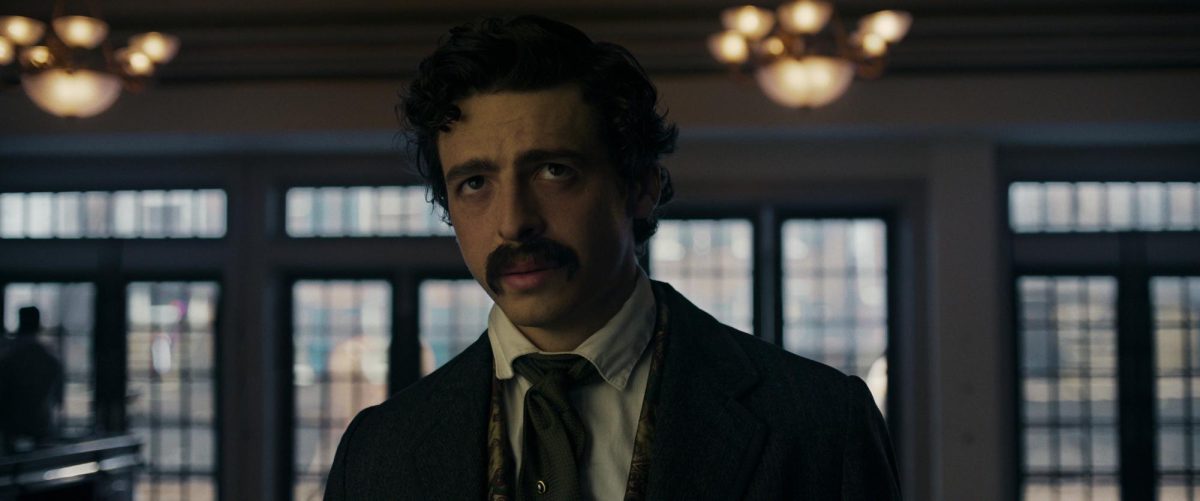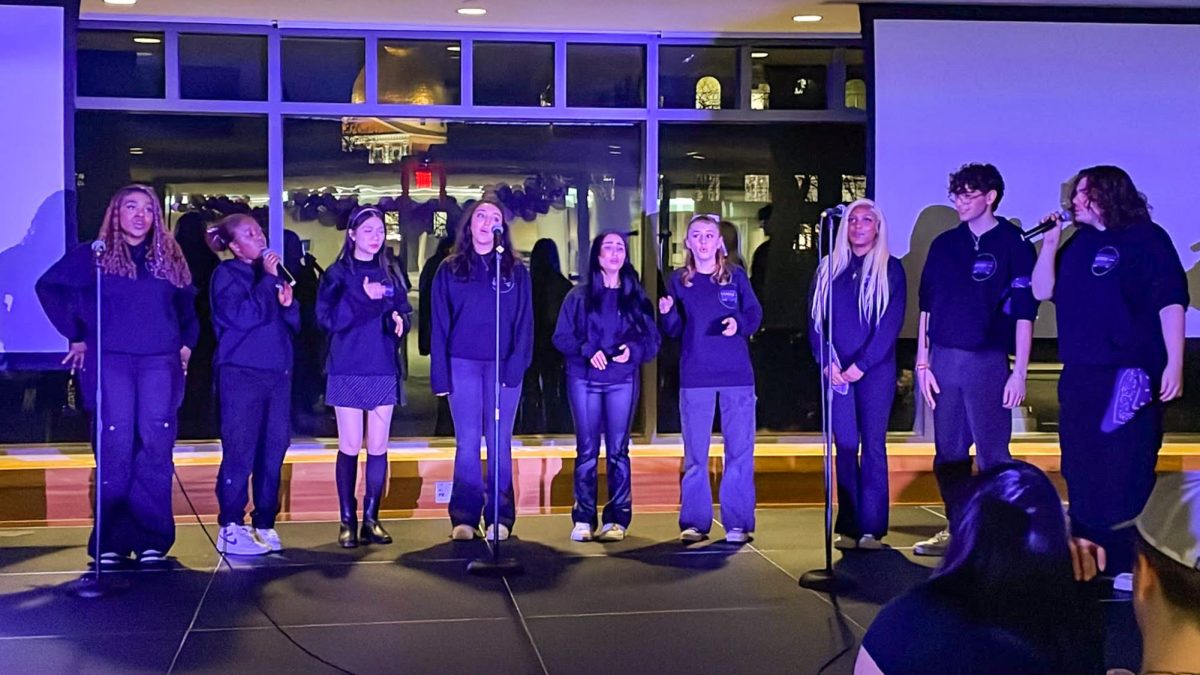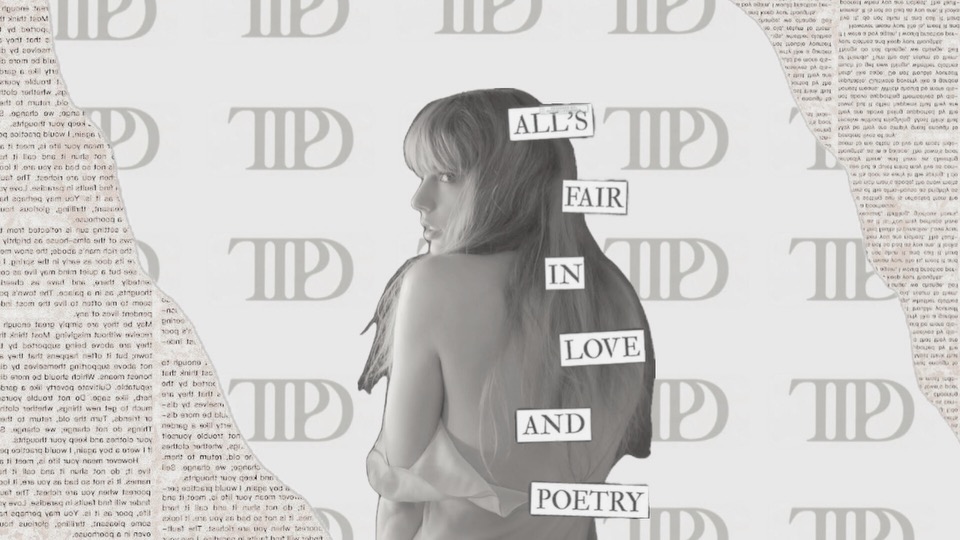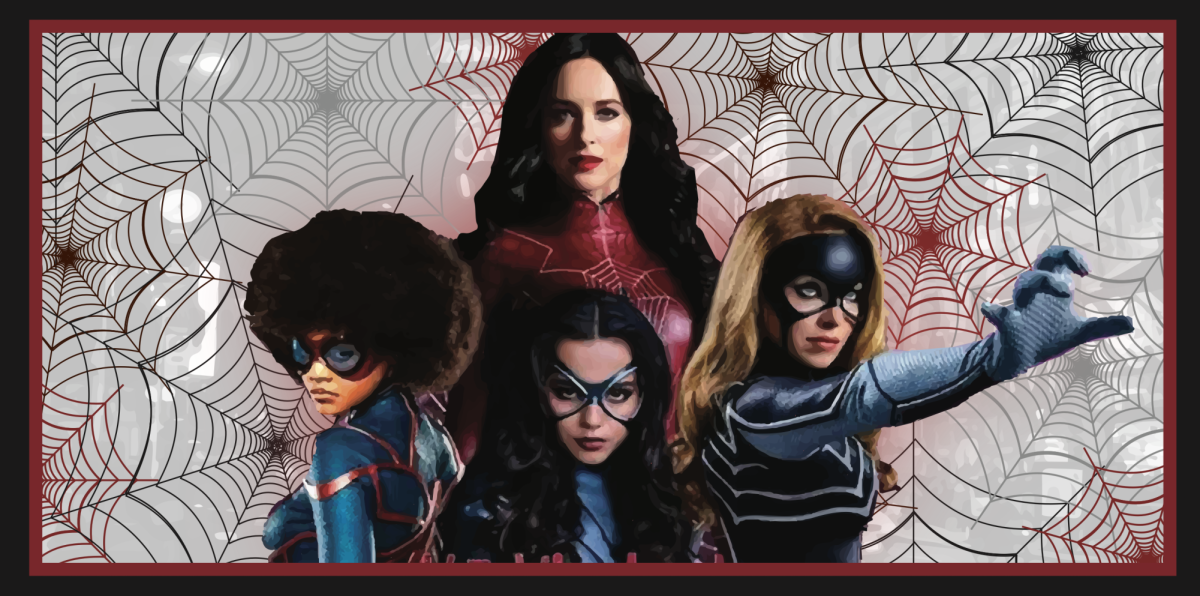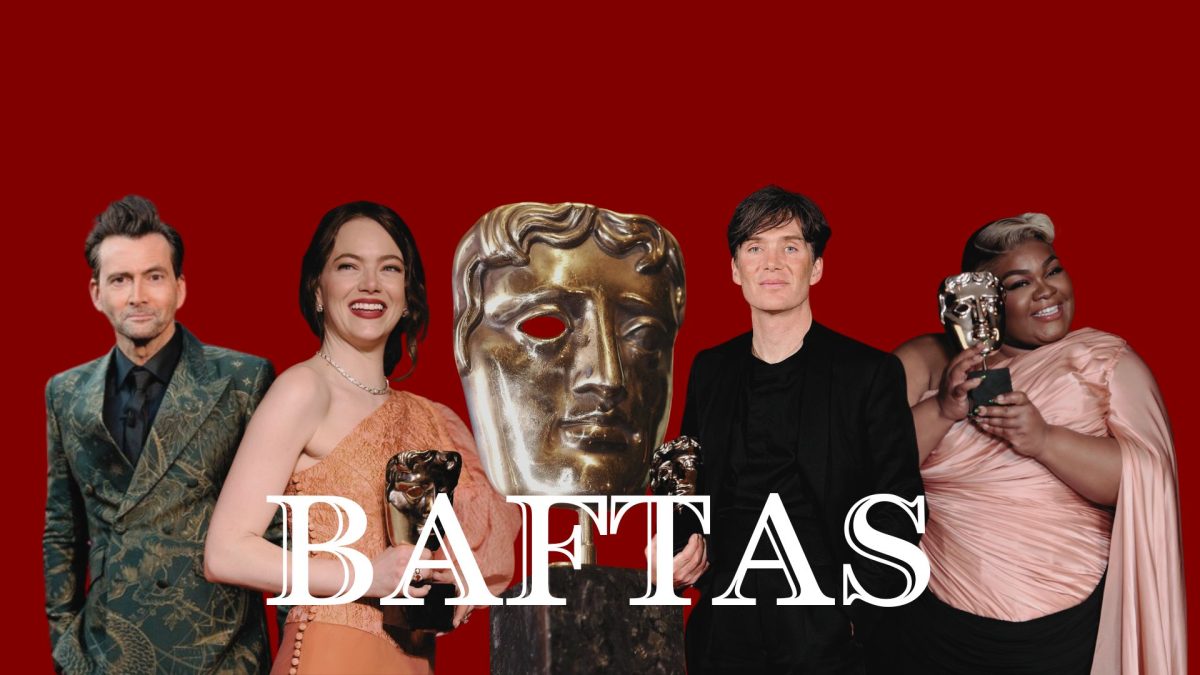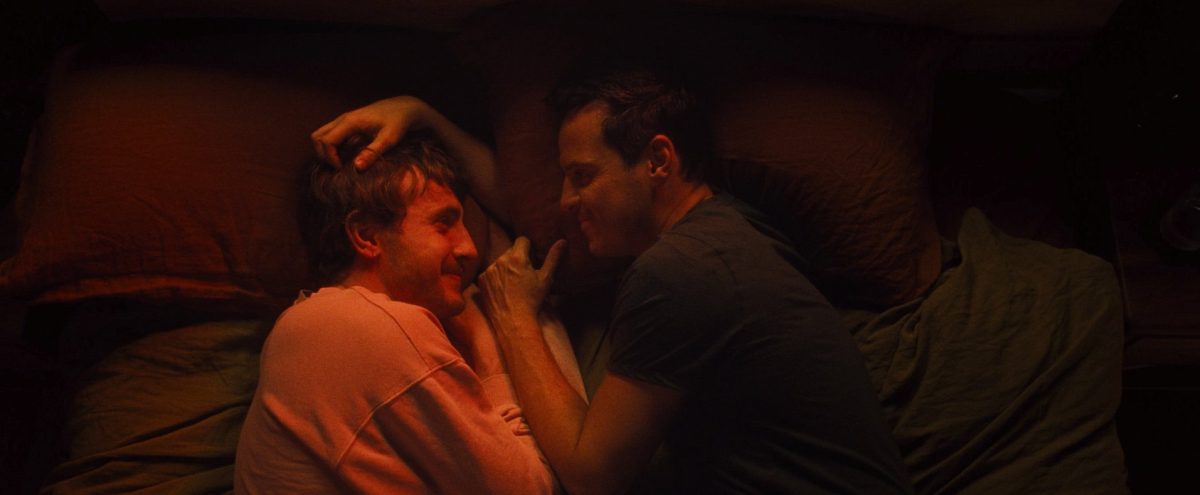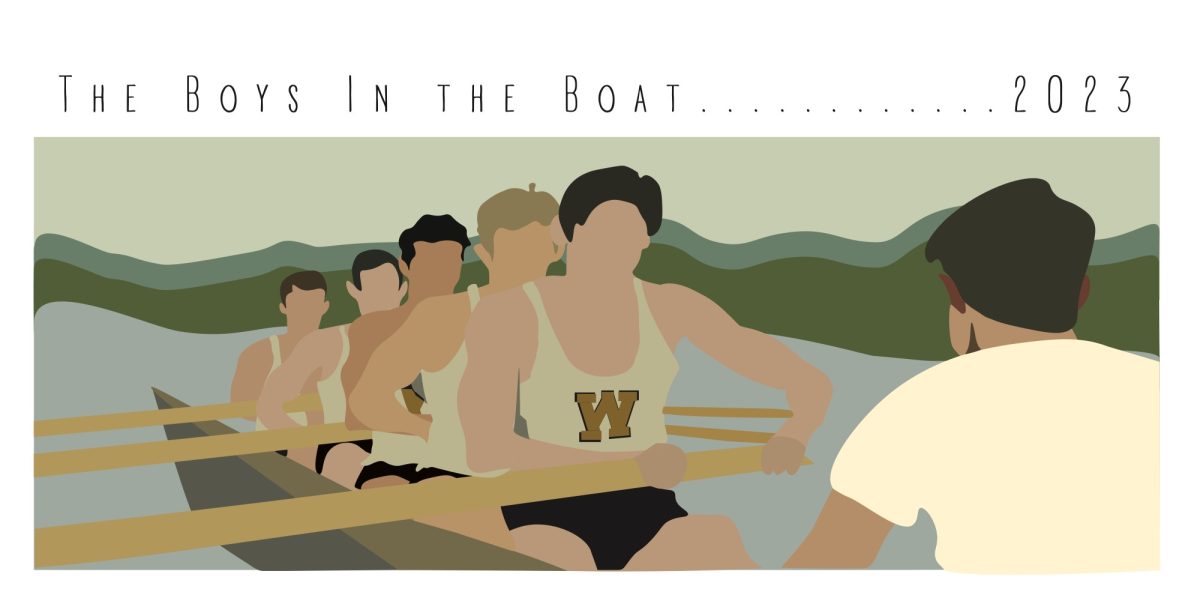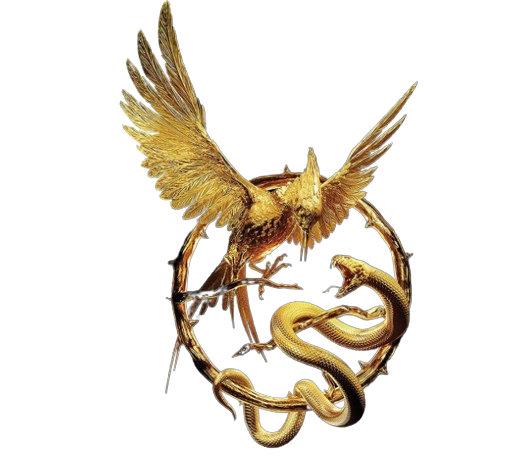“The Hunger Games” prequel “The Ballad of Songbirds and Snakes” is reminding a generation raised on dystopian fantasy media that the rebellious characters thought to be lost in a mid-2000’s era are just as relevant and powerful as ever.
The dystopian fiction novel “The Hunger Games,” written by Suzanne Collins, spoke to a generation of young people in the midst of crisis for many families and a high-tension moment in politics. In the time leading up to the release of the first novel of the series, the demand for stories of strength and empowerment was clear: Katniss Everdeen was the answer.
The unapologetically defiant strength found in the 16-year-old underdog was what the younger generations of the time were craving. Putting the face of Jennifer Lawrence onto the character in the film adaptation was exactly the push the timely story of “The Hunger Games” needed to touch the lives and ambitions of today’s Generation Z and millenials.
The demand for a similar character to enter the limelight is being met by the presence of Lucy Gray of “The Ballad of Songbirds and Snakes” in the modern day. The popularity of characters similar to Everdeen seemed to dwindle in the late 2010s, but with a modern world showing parallels to the worlds of dystopian fiction, the draw of these defiant characters is coming back more powerful than ever.
The love for Everdeen and other notable characters from the franchise like Peeta Mellark, Rue Barnette and Finnick Odair in later books and films were a staple of the time’s growing character archetype that was anti-establishment and went against societal norms. This inspiration to ignite change was a staple of other leads of dystopian series like “Divergent” and “The Maze Runner.”
These other franchises followed a similarly irresistible and rebellious structure to “The Hunger Games,” employing the idea of being the one to begin a revolution. Tris Prior of the “Divergent” franchise began her journey as part of a small group of people under attack by the government, eventually taking down the establishment in the process of discovering herself.
Thomas of the “Maze Runner” series was the first in a group of outsiders to be able to unearth the inner workings of their world and set his group free from the corrupt experimentation they were exposed to at the hands of the government.
All these characters were later given the same Everdeen treatment, being depicted in blockbuster films with recognizable actors to draw larger audiences and expand the reach of “the rebel” character archetype.
The draw of these books and movies were the characters and their initiative in a place of hardship. There was a clear desire to root against authority, which was a product of an intense political climate. The final film in “The Hunger Games” franchise was released in the midst of the 2016 presidential election, and the following years saw other installments of the “Divergent” and “Maze Runner” franchises and even more novels with similar premises of political corruption.
In today’s age, government interaction with society feels reminiscent of the struggles felt during the early and mid-2010s. With Roe v. Wade overturned, a new economic crisis underway and violence both within the United States and across the world, stories about changing the system are becoming more relevant.
These books and films created a means of escapism in the form of these worlds where readers and viewers could live vicariously through the characters who were initiating change in a corrupt and immoral system. They depicted violence and injustice seen in the current day and people with the power to stand up to it, a feeling desired for many stuck in a generation recovering from the mistakes of past generations and their choices.
“The Ballad of Songbirds and Snakes,” follows a strong protagonist in Gray and her distaste for her government’s practices and maltreatment of its citizens, very similar to the story of Everdeen. This feeling of anger toward an establishment that is supposed to be keeping its civilian population safe is a similar sentiment to the current relationship many younger generations have with current government officials.
The role models found in these forms of media have been making a resurgence in conversation on social media because of the maturity the original audiences of these franchises have gained over the past 15 years. While Gen-Z and millenials were old enough to understand the issues at hand when these stories came into pop culture significance, these generations are living the realities and repercussions of a struggling society.
The excitement and resurgence of this style of media, and “The Hunger Games” franchise specifically, stands the test of time by being relevant to the struggles that will always arise in the face of adversity against corruption. Dystopian fiction as an art form touches the experiences and struggles of the current generations through the fictional fruition of real-time conflicts.




